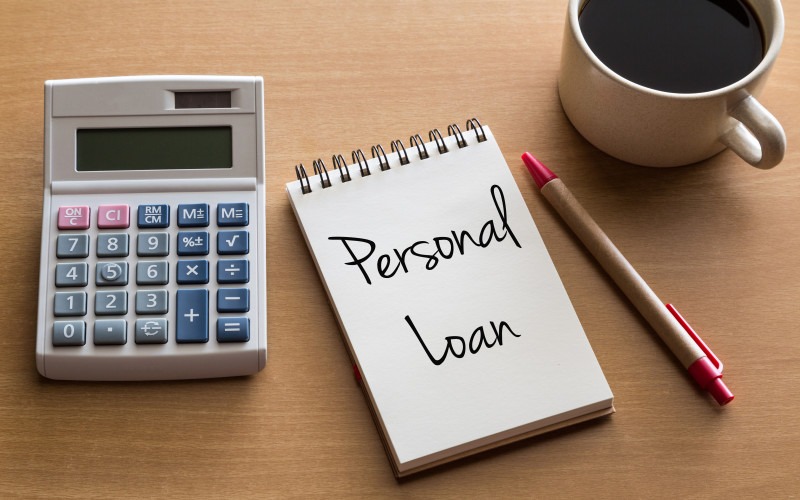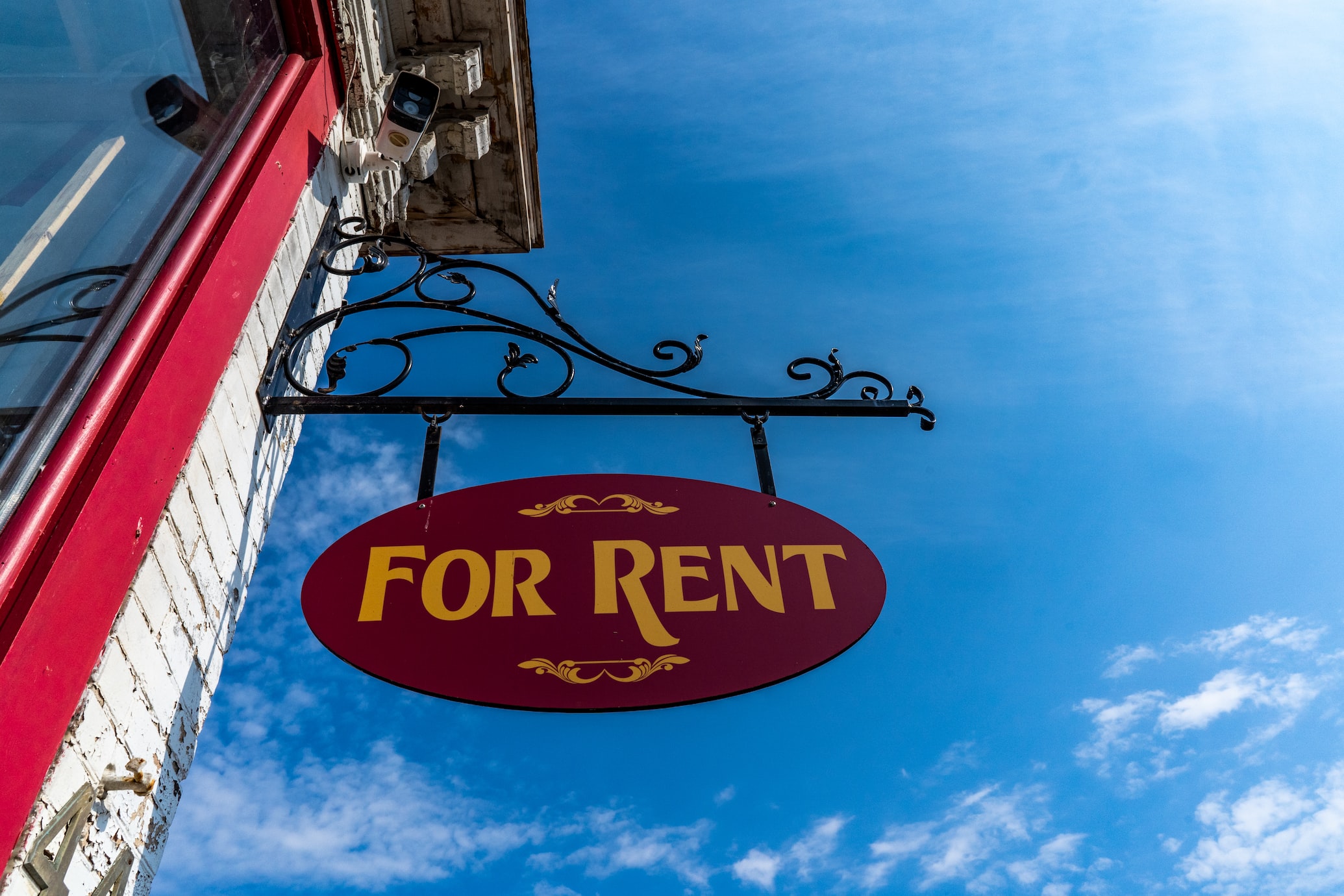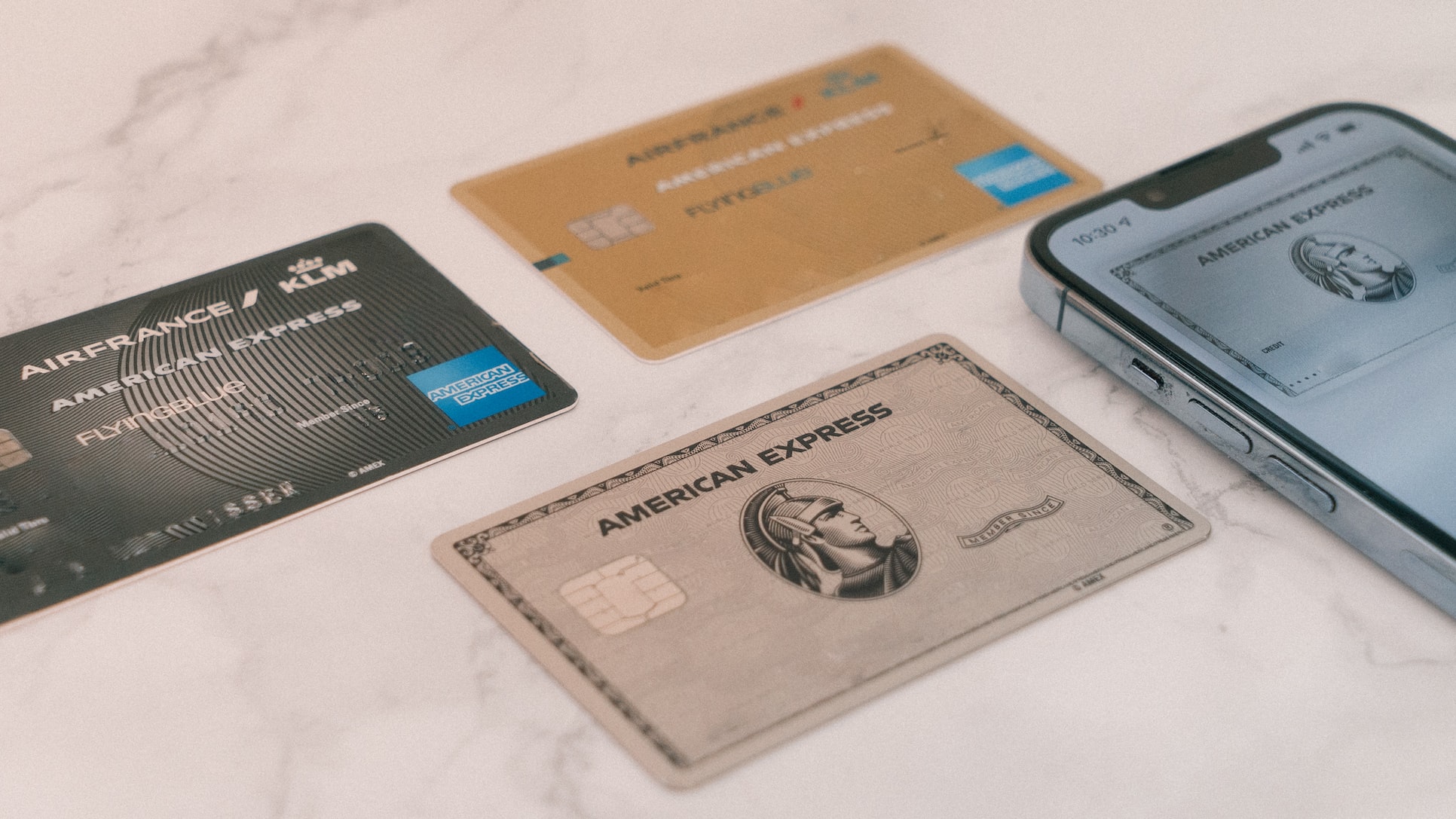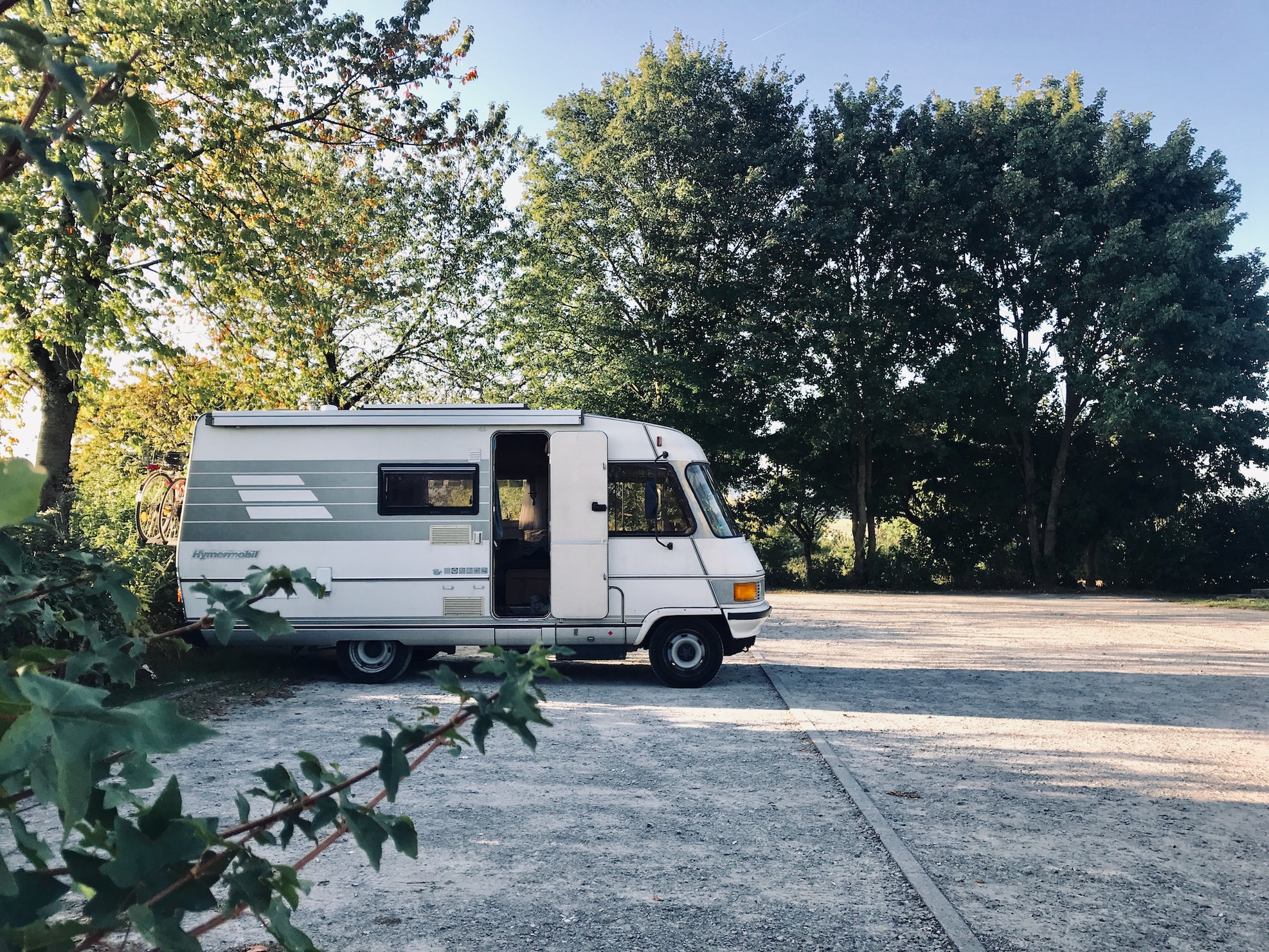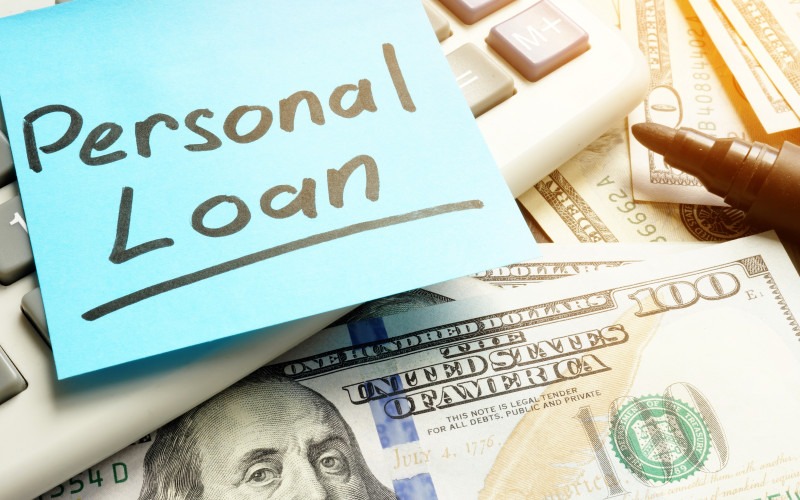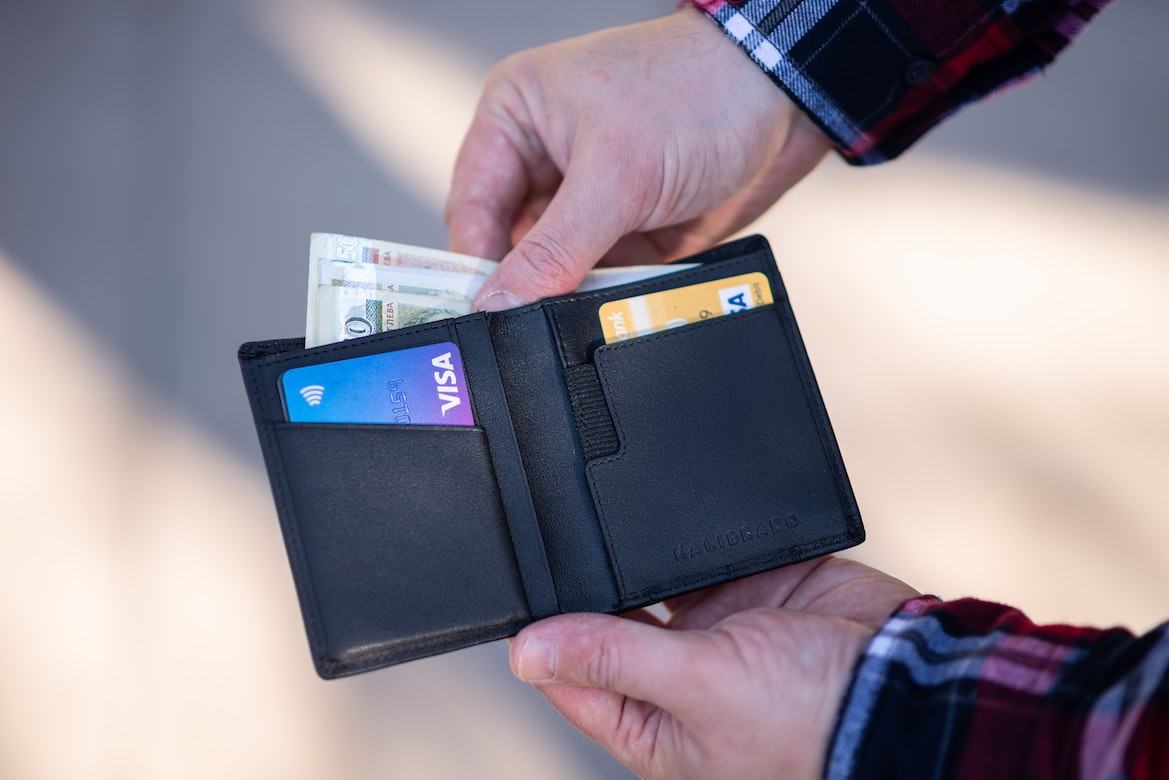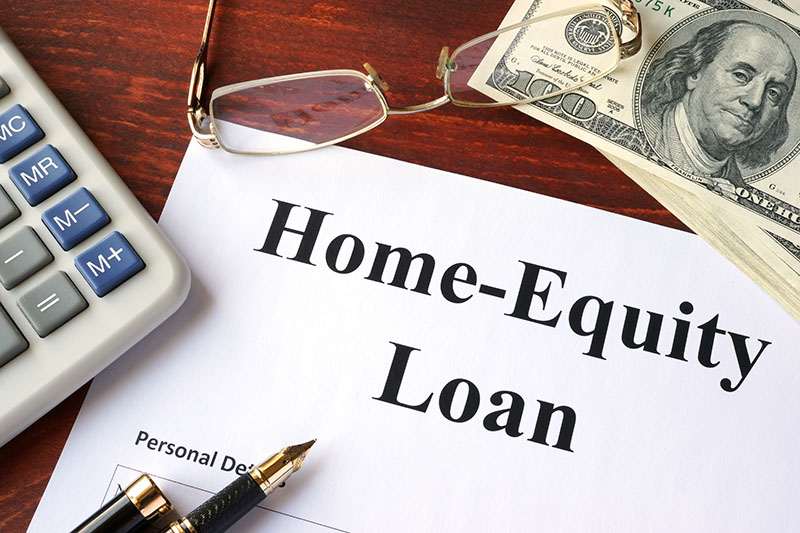How to Pay for Van Life
Key Takeaways
- Van life can cost over $100,000, factoring in van purchase, conversion, fuel, insurance, and maintenance
- Financing options include personal loans, RV loans, home equity loans, rental income, and dealership payment plans
- Ongoing expenses require budgeting, emergency funds, and income streams like remote work or seasonal jobs
- Cost-saving strategies such as used vans, DIY conversions, free camping, and solar power can make van life more affordable
- Van life offers freedom but has trade-offs, including limited space, weather challenges, and difficulty managing healthcare or mail
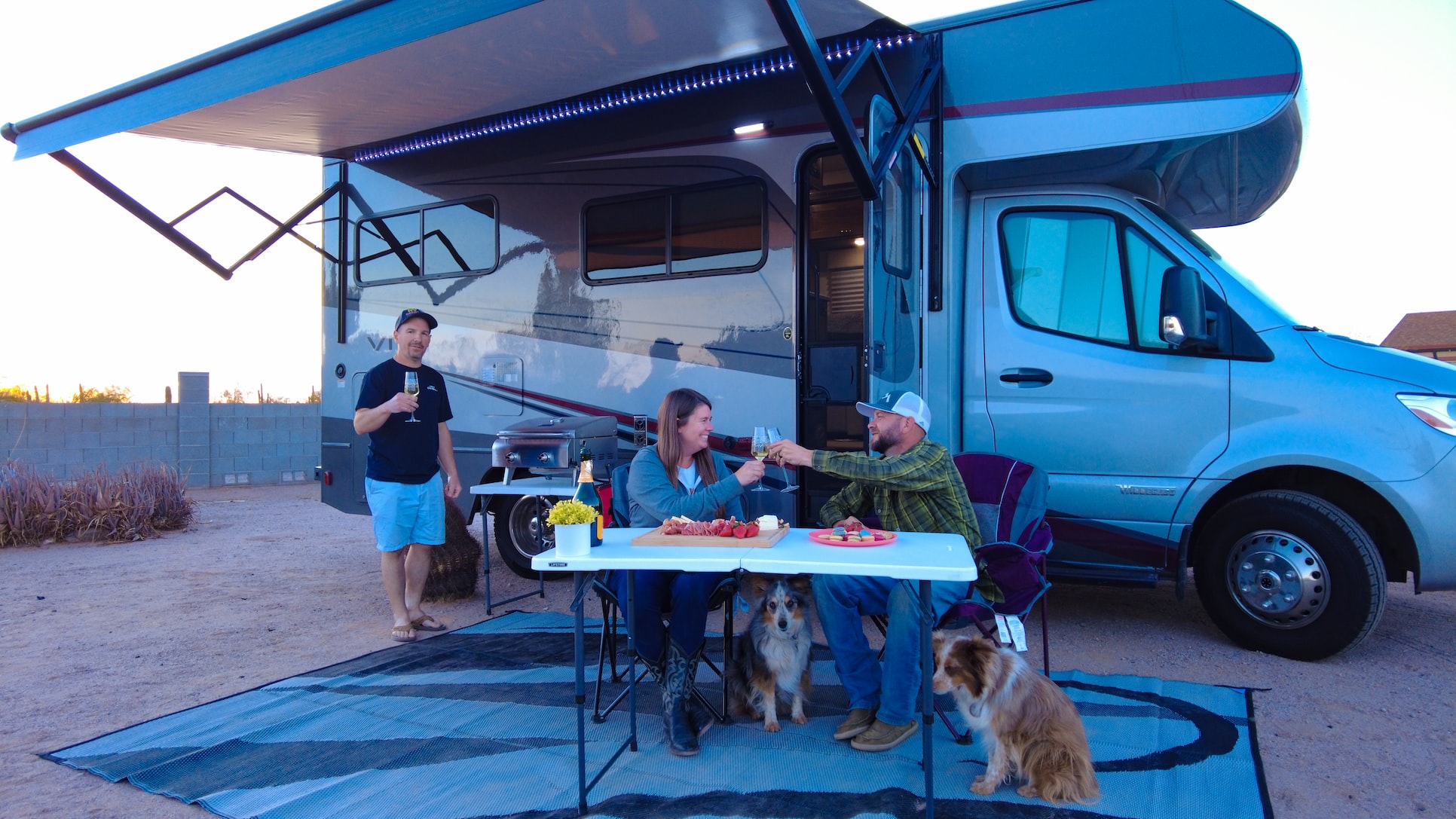
Van life is a beacon for those seeking the promise of adventure, freedom, and minimalism. But embarking on the van life is expensive, with the initial van purchase and other expenses potentially crossing over $100,000. This makes RV and van life a farfetched goal for individuals and couples who can’t afford the high upfront costs.
With the right financing strategy, you can still obtain the van life of your dreams. Let’s go over how to navigate the world of van life and the best ways to pay for van-related costs, exploring options that may include personal loans to cover some of these expenses.
Understanding the costs of van life
Other than the initial van purchase, there are plenty of other relevant expenses that can significantly increase the total costs of van life. Here is a detailed breakdown of the costs to expect from van life.
Initial van purchase
Vans vary dramatically in cost based on the make and model of your chosen vehicle and conversion needs. An older, used van may cost only ten thousand dollars. However, a new campervan can cost over $80,000.
Buying a pre-converted campervan is a convenient way to enter the van life. You won’t need to stress about whether you’re building a van that will work well for van life. However, you would be choosing an expertly pre-built layout, which can result in less individuality and fewer designs.
Van customization
Customizing your van is the perfect way to personalize your van and get excited about van life. Other than standard campervan safety gear such as surge protectors and chocks, you can also choose personalized upgrades to make your van feel more like home.
Regular expenses
Fuel: Depending on how often you travel from place to place, fuel costs can vary. However, everyone choosing the van life should estimate their average fuel consumption and prices to budget for travel. It is a significant recurring expense for van life.
Maintenance: It’s essential to regularly maintain your van. That way, you can preemptively make changes necessary for the health and performance of your van, avoiding costly repairs.
Insurance: Van insurance should provide adequate vehicle and liability coverage. Van insurance typically costs around $100 a month.
Camping fees: You might want to budget for campsite fees and parking fees at campgrounds.
One-time and occasional expenses
Van conversion costs vary depending on your method of choice. Converting a van involves setting up insulation, flooring, paneling, a kitchen, and furniture. A lower budget van conversion costs around $4,000, whereas a more expensive and comprehensive conversion will cost more.
If you opt for DIY van conversion to build out your van, it could be cheaper than hiring a van conversion company.
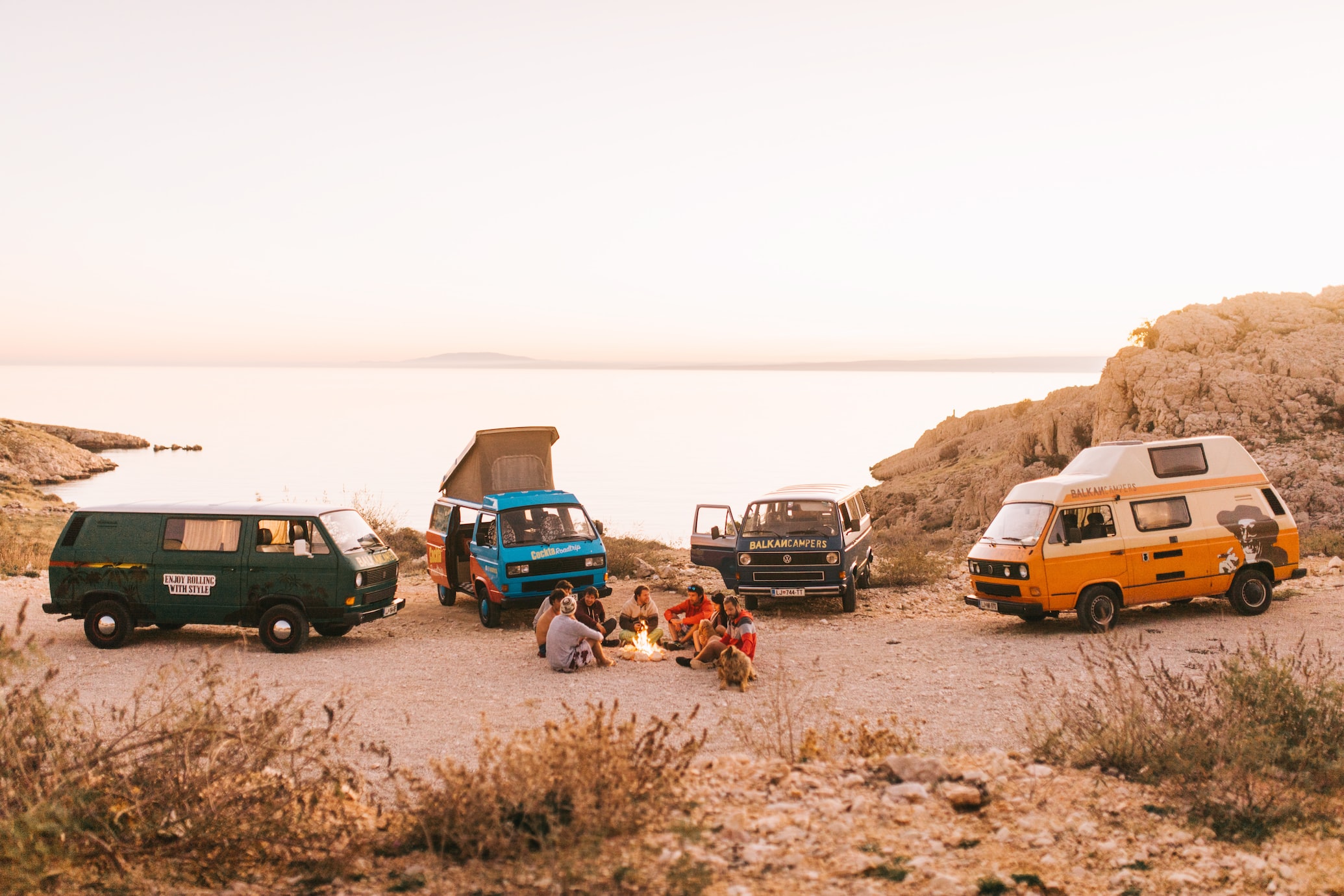
Saving for the initial transition
Transitioning to van life requires planning and saving. It’s important to budget for the initial van purchase, as well as other relevant expenses associated with van life.
Here are a few strategies that can benefit those looking to switch to van life.
Set clear financial goals
It’s advisable to have an idea of what van you want to buy and what your desired customizations are. That way, you can set a clear goal with milestones of how much money you want to save up before pursuing van life.
Garage sale
A garage sale is a great way to sell your items before setting off for van travel. An added benefit to hosting a garage sale is that you won’t need to worry about storage fees as you hit the road in your campervan.
Reducing your daily expenses
Prior to transitioning to van life, you might want to start reducing your non-essential expenses. Consider downgrading your living situation to free up funds for van life later on.

Financing methods to buy a van
Since the initial van purchase is the most significant cost that gatekeeps people from van life, it’s a good idea to know the most accessible financing strategies. These can help you get the funds to buy a van.
Personal loan
A personal loan is a versatile way to access a large amount of loan funds so that you won’t need to dip into your personal savings to buy a van. Personal loans are unsecured, have fixed interest rates, and have terms based on your creditworthiness and financial stability.
Over time, you will need to pay the loan back with interest. Try to enhance your credit score before taking out a loan so you can receive lower interest rates and more lenient terms.
Home equity loan (HEL)
For homeowners who have existing equity on their property but still want to pursue the van life, a home equity loan could be a valuable way to pay for a van. A home equity loan is a secured loan that lets you borrow money against your home equity, which serves as collateral. If you have substantial equity, an HEL can be a convenient and reliable way to receive a large loan amount without worrying about your credit score.
RV loan
RV loans are specifically designed for RVs and vans. These loans are secured by collateral, which is typically the vehicle that you’re using the loan to purchase. The RV loan may impose restrictions on what type of van you are allowed to purchase with the loan funds.
Buying an RV with an RV-specific loan can be a faster process than other financing methods. This is because RV loans are secured loans, which means that the credit requirements for large loan amounts are lower. However, if you default on the loan or fail to meet the repayment terms, the RV loan provider can seize your van and sell it to recoup losses.
Dealership payment plans
Some dealerships offer payment and financing plans for your convenience. Be sure to carefully review the payment plan terms and interest rates so you’re not caught off guard by any extra fees you might need to pay for your van purchase.
Credit card
While credit cards aren’t usually recommended for buying a van due to their high interest rates and credit limits, a credit card could be a quick way to fund a van upgrade or safety gear. For example, a van chock can cost less than $100, which makes it a simple transaction that is suitable for credit cards.
Earning on the go
As you embark on the van life, it’s a good idea to consider the various ways to make money while on the road. Any source of income can go toward making your van life a more enjoyable and manageable experience. Here are some of the best options available for earning on the go.
Remote work
Some professions are much more suitable for van life than others. These include:
- Freelance writing
- Art and photography
- Knitting and crocheting
- Graphic design
- Programming
Seasonal jobs
Seasonal jobs offer variety and freedom. They can add a certain spice of life to your van life experience. Popular seasonal jobs include:
- Campgrounds
- Farms
- Holiday spots
Blogging and vlogging
Documenting the van life journey does come with certain monetization options. This can be done through ads, sponsorships, memberships, and more. However, the income made from blogging can vary greatly based on platform, content niche, and luck. It is generally an unreliable type of revenue.
Passive income streams
Having a passive income stream can be a nice boost to your financial stability without draining too much of your resources. Common types of passive income include:
- Investments
- Rental income
- Affiliate marketing
- E-commerce
Budgeting and financial management on the road
Importance of tracking expenses
Make sure you track your weekly, monthly, and yearly expenses to get a good idea of whether you need to earn additional income or change your budget.
Use tools and apps for van life and travel budgeting
There are many online applications that can help you acclimate to van life and plan your budget for traveling around. Here are some popular apps and platforms to consider for van life enthusiasts:
- The Dyrt
- iOverlander
- Harvest Host
- Recreation.gov
Cost-saving tips for van life
Fuel efficiency
Proper vehicle maintenance can go a long way in maintaining fuel efficiency for longer.
In addition, it can help to learn how to drive at the most efficient speeds for your van model. Finding a steady pace for traveling around in your camper van can reduce your fuel consumption noticeably in the long run.
Free camping sites
It’s a good idea to use trustworthy apps and networks to find free places to park overnight. Online discussion forums, review sites, and vloggers can also prove useful for directing you to free or low cost camping sites.
Cooking
Preparing meals in the van usually costs less than eating out. If you’re running on a tighter budget, try to dine out less. Experienced vloggers and bloggers often give suggestions for how to meal prep for van life. They can be a great starting point for preparing your own meal schedule and types.
Solar power
Solar power can be a sustainable source of electricity for those living the van life. With the right setup, solar power can keep your devices charged, power your appliances, and enable off-grid living.
Used van
Buying an old, used van is an easy way to save money on van life. The initial purchase becomes drastically more affordable.
Rented van
If you’re not sure whether you’re ready to make the leap and commit to van life, a rental van can be a great way to test the waters first. This can help you save money and stress in the long run because if you realize van travel isn’t for you, you can easily return the campervan. In addition, a rental van means you don’t need to worry about expensive purchase costs, customization options, and conversion. You can easily rent an RV that’s ready for travel.
Dealing with unexpected expenses
Emergency fund
An emergency fund is one of the best ways to prepare you for unexpected expenses that might otherwise be financially overwhelming. A good rule of thumb to follow is to keep an emergency savings account with at least three to six months’ worth of living expenses. For van life, this may mean having enough money to survive in your campervan in case of job loss. It could also mean factoring in the possibility that you might lose your van due to an incident and need to find alternative living conditions.
Van insurance
It’s advisable to have van insurance that suits your van life needs. Generally, you want your van insurance to provide adequate coverage for:
- Property damage
- Medical expenses
- Liability claims
The average van insurance premium hovers around $70 to $110. As you consider more comprehensive coverage with lower insurance deductibles, the premium for your insurance policy can surge up significantly.

Networking and community
One great benefit of joining van life is the opportunity to be a part of van life communities. These communities, whether in-person or online, are a fantastic way to find tips, job leads, and useful resources.
Check for van life gatherings and meetups near you for valuable networking options. It can be fun and energizing to plan for your trip ahead of time based on community events on the path ahead of you.

The trade-offs of van life
Before choosing to travel and live in a van, it is critical to consider the trade-offs and opportunity costs. While van life offers plenty of freedom and adventure, it can also pose unique financial and lifestyle challenges.
Here are some of the noteworthy downsides to van life that you should think about before buying a van.
- It can be hard to keep your space clean
- Van life makes caring for pets challenging
- Healthcare and medical needs can be a serious concern
- Living in a van can be stressful
- You might be unprepared for the outdoors weather
- Receiving mail on time becomes a problem
Edited by:
Bryan Huynh
•
Product Tester & Writer

